Over the years, I’ve seen many logos and designs printed on t-shirts. Quite often customers have personal insignias and company logos created without concern as to what mediums will be printed other than business cards and flyers. The age of computer graphics lends an artist the ability to create some fantastic visual effects but not always accommodating to the screen printing process on t-shirts. In an effort to convey what works best in textile design, I’ve compiled a list of “what not to do”. I hope this gives insight to everyone who is designing a logo. If you have any questions or concerns, feel free to contact me via the “Message Us” page.
WHAT NOT TO DO
• Don’t make it a full color or a rasterized image. The logo should be a VECTOR file so that it reproduces in bold color with clearly defined colors.
• MINIMIZE blends. Blends are easy to do with a computer art program of any kind. They are hard to print on t-shirts and are usually extraneous expense, not a thing of beauty.
• Odd placements may be costly or even stupid looking – not creative. There are times that a wrap around design, all over design, front to back concept or irregular placement are brilliant. However, for every one of those there are hundreds that are not.
• COMPLICATED is not good. If the logo requires numerous pantone matched colors and can only be reproduced with ten colors, it is NOT a good logo. A good logo should not only be okay in full color, but should have simple variations that are possible. Can the logo be printed in one color? Can the logo be digitized to be embroidered? If the answer is NO, then think long and hard whether this is a good logo.
• Do NOT put tiny details in the design. If parts of your logo can only be viewed with your glasses on and up close, this is a bad idea. If you can’t see what is going on with the logo from about 6 feet away, then it probably is too wadetailed for a shirt design.
• Including a background color as a necessary part of the logo will NOT make for great t-shirts. If your design has a square of color that has to be printed on a t-shirt, you will end up with a big non-breathable plastic film of ink. A design with a big square of color will rarely look integrated into the shirt; it will look stuck on there. A t-shirt is not like printing on a billboard or magazine page. A version of a logo that will be used on a t-shirt should integrate into the t-shirt.
• Don’t get overly clever with the FONT. Remember, besides looking good, the purpose of the shirt might be to convey a message at first sight. You probably do not want a clever design that becomes an eye exercise.

